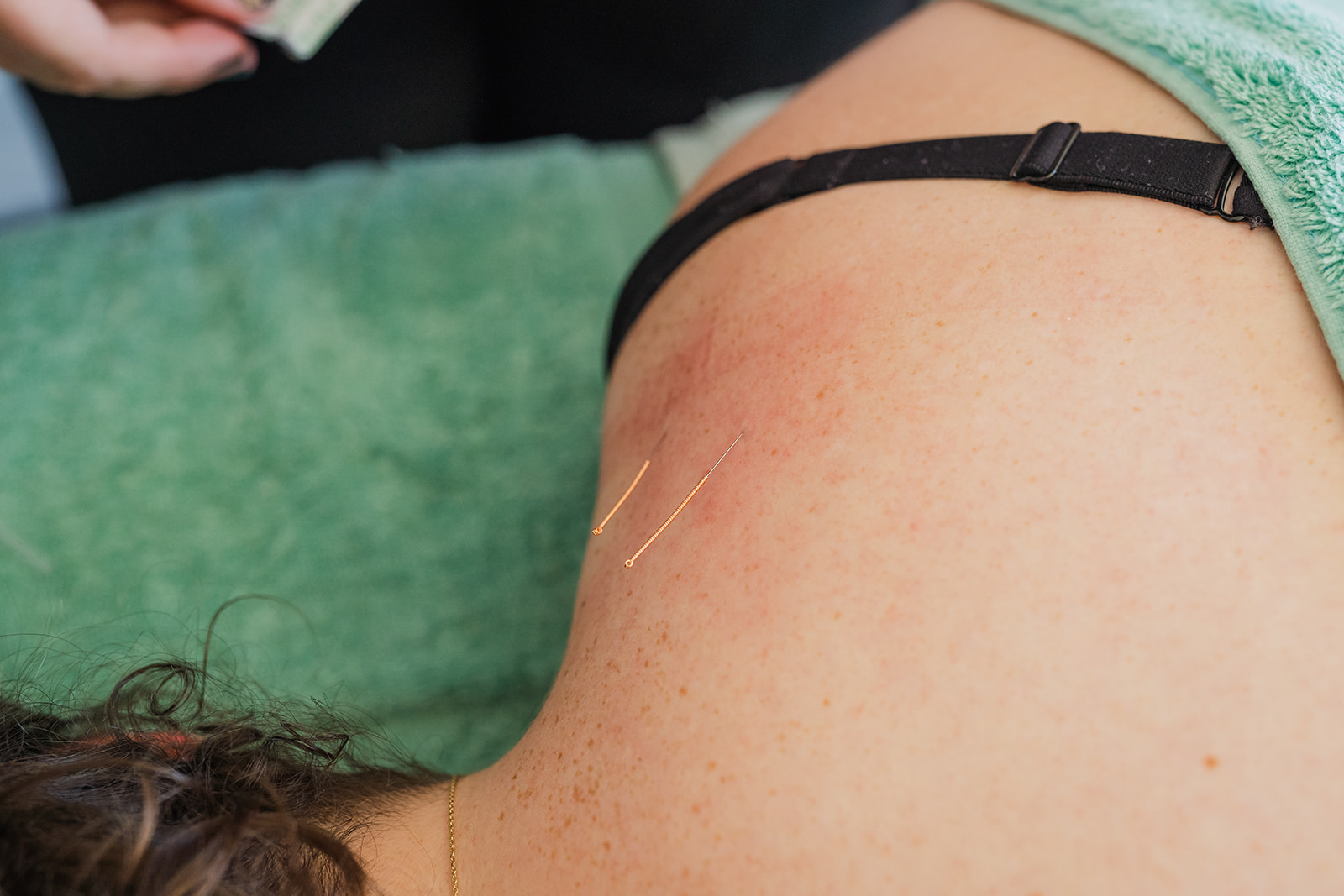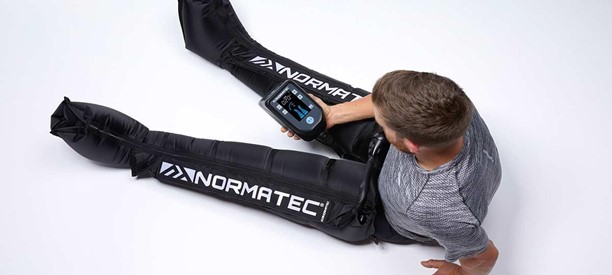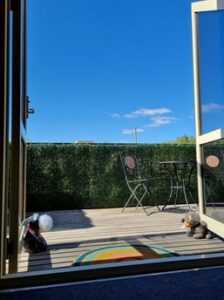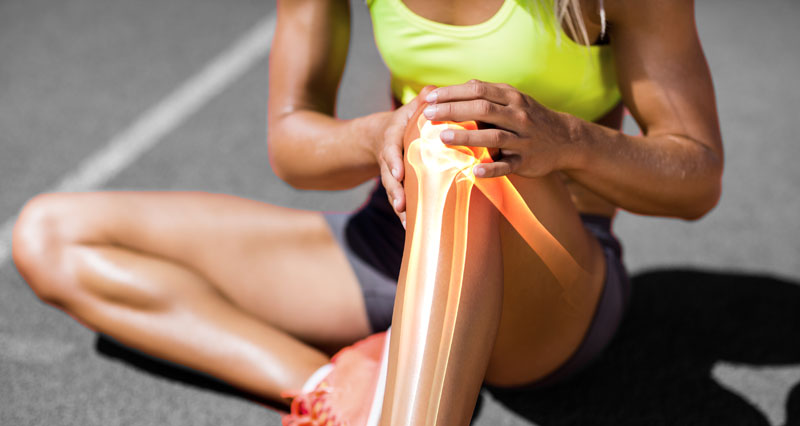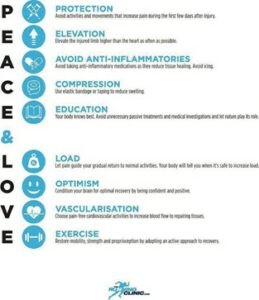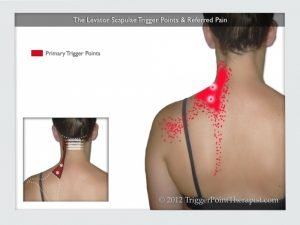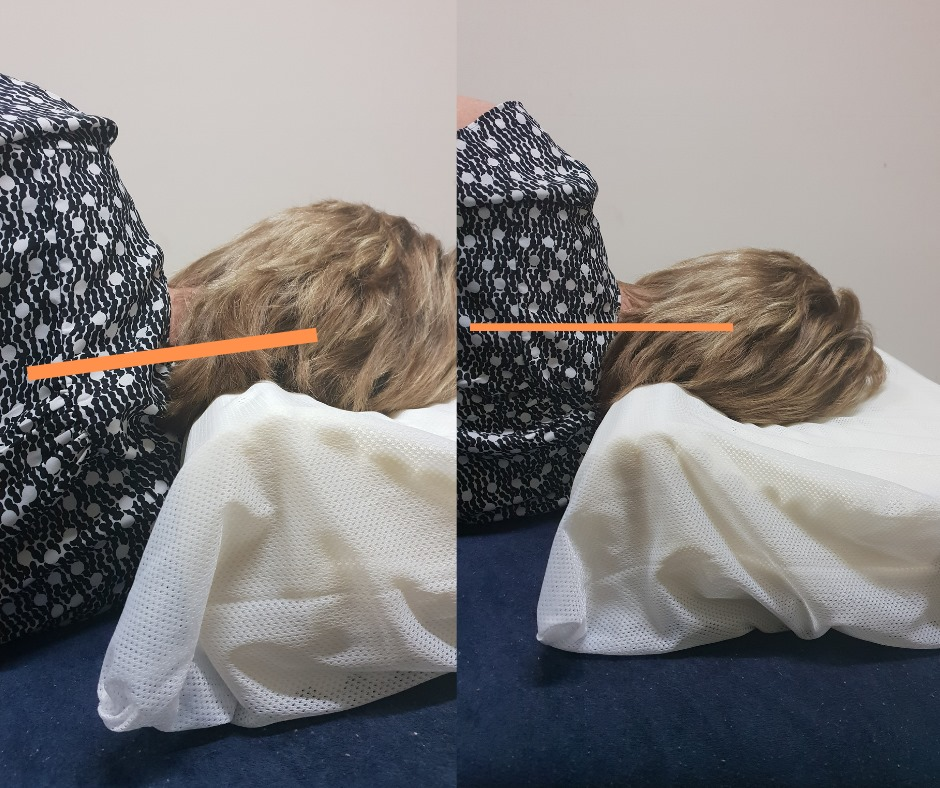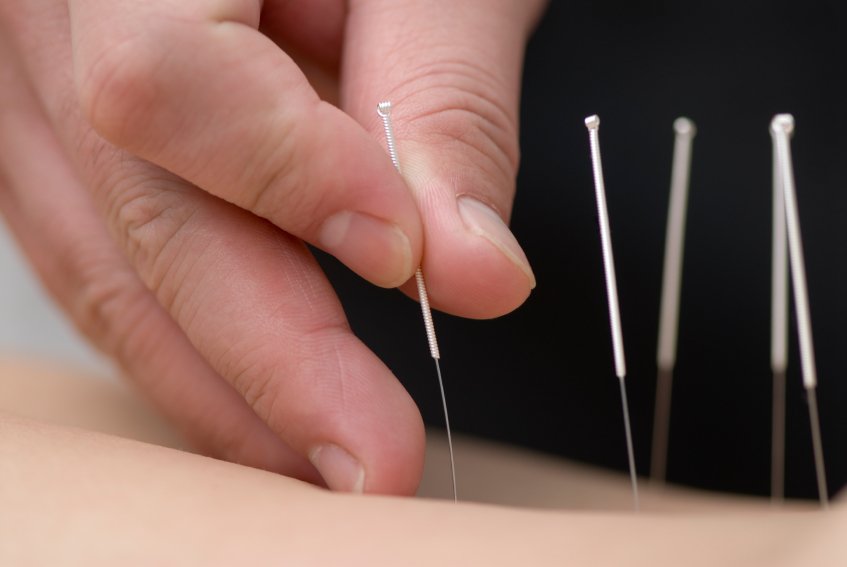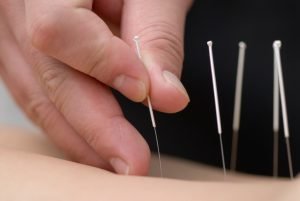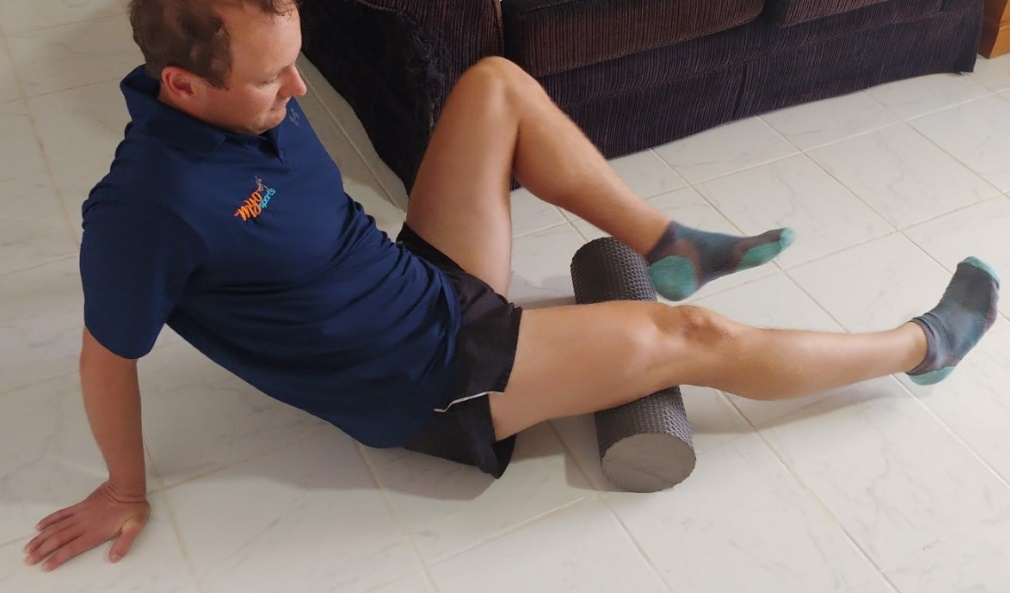WHAT IS DRY NEEDLING & ACUPUNCTURE?
Dry Needling and Acupuncture use fine filament needles to directly stimulate specific trigger points in muscles. This increases muscle relaxation and reactivates muscles. Dry Needling and Acupuncture may be used by your Allied Health Practitioner to assist in achieving better results during your treatment.
HOW IS IT PERFORMED?
Fine (sterile / single use) needles are tapped virtually painlessly into the skin, sometimes through a plastic tube. The needles may be left in the muscle for a few seconds or up to several minutes. After insertion the needles may be stimulated – either twisting manually or using electrical stimulation – and a feeling of heaviness, tingling or a dull ache may be felt in that area.
Extensive research has shown that stimulation of very fine nerve endings provides both a local pain blocking effect and also changes in blood chemistry due to the release of pain relieving hormones from the brain. This reduces pain, may help improve healing, and has a local relaxation effect.

WHAT IS NEEDLING USED FOR?
Dry Needling and Acupuncture can be used for almost all muscular conditions. They are especially beneficial for painful musculoskeletal conditions including migraine, neck and back pain, arthritis, fibromyalgia and many other non-specific pain syndromes. They may be used in conjunction with other therapy techniques and exercise programs. It is generally safe to use alongside prescribed medications. There are no age limits for this treatment.
DRY NEEDLING VS ACUPUNCTURE – WHAT IS THE DIFFERENCE?
The difference in these two modalities is primarily defined by the Western vs Eastern medicine philosophies.
Dry Needling is used in a variety of different ways, with the aim to return a muscle to its natural integrity by inserting the needle into trigger points found within the affected muscle. This may help relieve pain symptoms, improve joint range of motion and muscle flexibility.
Acupuncture is an ancient practice performed by Traditional Chinese Medicine (TCM) practitioners. Utilising oriental medical principles, Acupuncture aims to balance the chi or energy pathways within the body. This is achieved by inserting the needles in the appropriate meridian channels, also known as our energy pathways. Acupuncture is effective in the treatment of a wide and diverse range of conditions including allergies, infertility, chronic fatigue and insomnia.
IS IT SAFE?
The side effects are few when performed by a qualified therapist. You may experience some redness around the insertion point or some aching in the muscle similar to other technique responses.
It is important to understand:
- You can stop the procedure at any time.
- All Australian hygiene protocols are followed strictly. No needles are ever shared
If you would like to discuss this further, please contact our Admin team and one of our Myotherapists will be happy to answer any questions in the lead up to your appointment.

